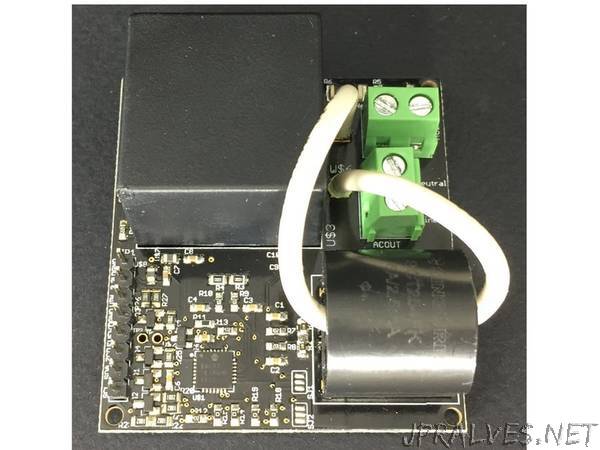
“How I built an Arduino energy monitor and data logger to collect energy data for different loads and plotted that data using Excel.
In this post, I’m going to show you how I built an Arduino energy monitor and data logger that would help me to gather current and energy data for different loads easily, and plot that information using a program like Excel.
Some of you might be aware that I’ve created a new energy monitoring breakout board that I call Dr. Wattson (which is based on the #Microchip #MCP39F521, a power monitoring IC) along with an #Arduino library and #Python library (for boards like #RaspberryPi and #BeagleBoneBlack) for easy integration of quality energy data into your next project! If you haven’t heard of it and would like more information, check out https://upbeatlabs-wattson.launchrock.com/ for more information. It is also available on Tindie.
To help me study the energy characteristics of different loads, I went ahead and created an Arduino Energy Monitor and Data Logger, which is the subject of this post!
It consists of an Arduino (of course!) talking to the Dr. Wattson board to get energy data, along with an SD card to write the data to. I’ve also added a button to toggle the data logging, along with an LED indicator to show when data is being logged. The button along with the LED made it really easy to initiate data logging when I had the appropriate load plugged in.
To facilitate the logging and subsequent analysis, I also implemented a log rotation scheme, so each run will be logged to a different file. The output is in CSV format, which means it can be easily imported to Excel (or Numbers on Mac or other equivalent), and the data plotted.”
